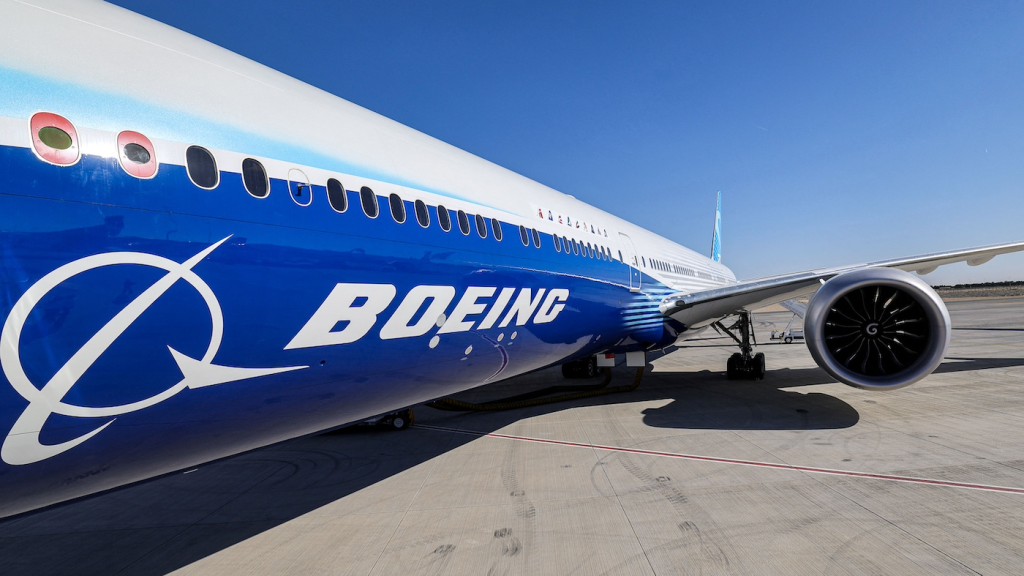Boeing’s (BA) plan to outlast its strike is taking shape, with reporting on plans to raise $15 billion through stock and convertible bond sales. This financial maneuver comes as the aerospace giant grapples with a month-long labor dispute and its investment-grade credit rating hangs in the balance.
The proposed fundraising reportedly includes a $10 billion equity sale paired with $5 billion in convertible bonds, which could convert to equity if needed. Previously, Boeing had indicated it might raise up to $25 billion in addition to a $10 billion loan.
Before the machinist strike began last month, Boeing was already burning through tons of cash as it tried to rectify quality control issues exposed when a door plug fell off a 737 Max plane mid-flight this January. The strike, which is draining the company’s treasury by tens of millions of dollars a day, further hampers efforts to bring in what revenue it’s been able to scrape together amid a Federal Aviation Administration-imposed slowdown in production.
A complicating factor in Boeing’s post-door plug blowout recovery plan is that its credit rating is hovering just above junk-bond status, which would make it more difficult to raise further capital.
“We believe the company remains exposed to higher-than-expected cash usage and adjusted debt for the next year or two, which could further delay the expected recovery in its credit measure to levels we view as consistent with the rating,” ratings agency S&P (SPGI) said about Boeing earlier this month.
Structuring its new borrowings will be a very delicate maneuver for Boeing, which may face credit scrutiny due to the uncertainty of its labor situation. Any further stress on its balance sheet might push the company to a breaking point. Assessing the initial announcement of the new cash injection plans, the Fitch ratings agency was very cautiously optimistic.
“Management’s willingness and ability to access non-debt capital sources over the coming months will help alleviate downgrade risks,” it said.



